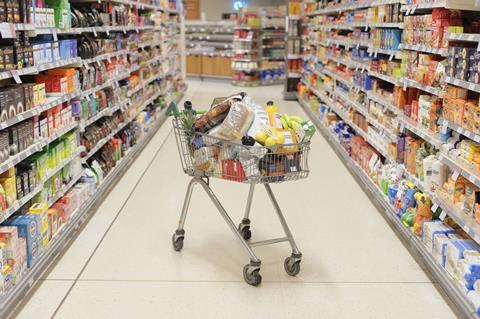
People think inflation is bad, therefore deflation must be good. Wrong. Unless it’s in relation to a Chinese spy balloon, deflation is bad in both macro and micro economic terms.
Deflation, or negative inflation, brings a fall in the general absolute level of prices. Outside of food, it can result in consumers delaying purchases as they wait for the price to fall. This results in falling demand, reduced levels of output and an increase in unemployment. This is pertinent, as I believe we will see deflation in at least some food categories in 2023.
Shoppers won’t be delaying the purchase of their baked beans, but I know retailers will be putting suppliers under pressure to reduce cost prices once inputs such as raw materials and energy have fallen. The pressure on retailers to reflect that to shoppers through lower in-store prices – generating the good PR they crave – will be immense.
But dropping price is not as straightforward as it seems. Some input costs may have fallen, but wage cost inflation – which most retailers are disproportionately impacted by – won’t be falling. These costs are an incentive for them to hold up prices, even if suppliers lower them.
On the supplier side, many are delaying further cost price increases (CPIs), hoping they may not be necessary. They find CPIs to the retailer such a drawn-out battle that they soak up inflation, hoping for the drop in costs to come soon. I understand the logic, but I don’t approve. Last time I saw this was when they were waiting for Brexit, which was delayed three times.
For these past years at Sentinel, we have been inundated with demand for our CPI programme. Interestingly, we are now helping many clients with planning cost price reductions (CPRs) as many anticipate a storm of retailer pressure when inflation turns. These suppliers know they may struggle to make an argument for holding onto their existing prices – especially if they have given retailers ammunition via detailed justification for recent CPIs, which will now be used against them.
Others, though – particularly those suppliers who sit below the customer’s radar – will opt to take a pre-emptive CPR to demonstrate their fairness. This puts pressure on competitors by taking a shelf price advantage – a tactic that is especially effective for the lowest cost producer. This is dependent, however, on retailers reducing in-store prices ahead of market demands, knowing they could bank a new higher category margin with which to beat the supplier once established (in the independent trade, this will be curbed by price-marked packs).
Many others levers exist, such as ‘reverse shrinkflation’ i.e. offering a larger pack size for the same price. This would enable a reduction in size when costs go up in a year’s time, without the fanfare of a CPI.
The solutions are category-specific, but the message is clear: whatever you do, start planning your strategy now. Otherwise you might be forced to manage a CPR under threat of delisting.



















No comments yet